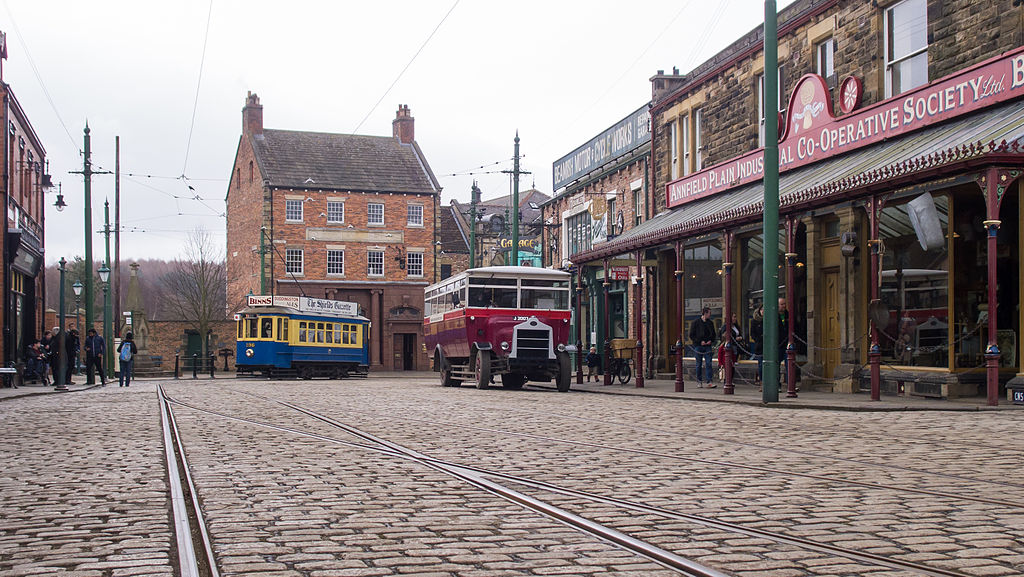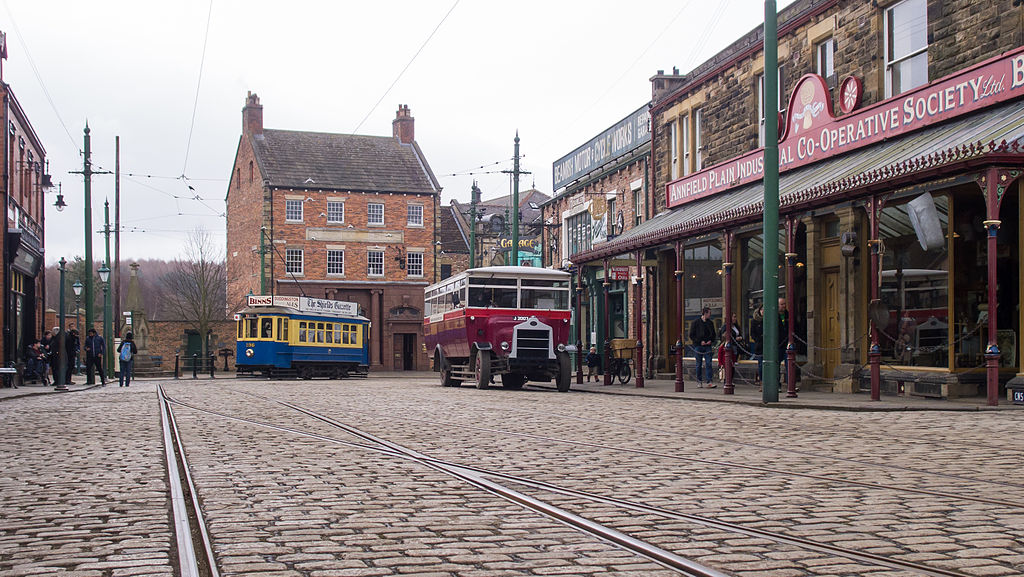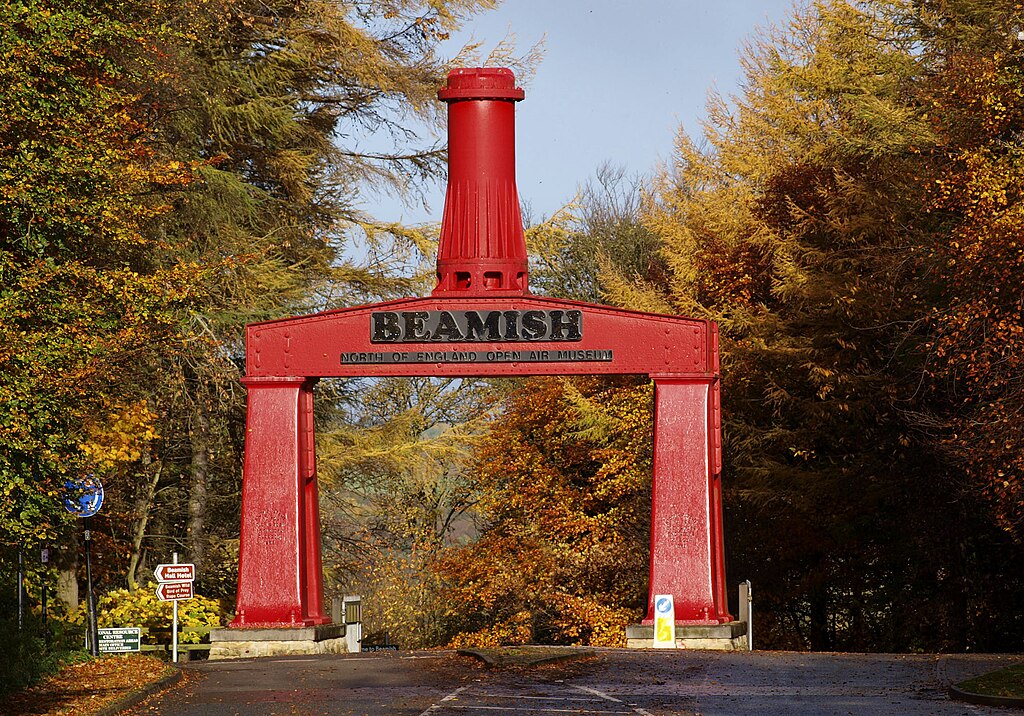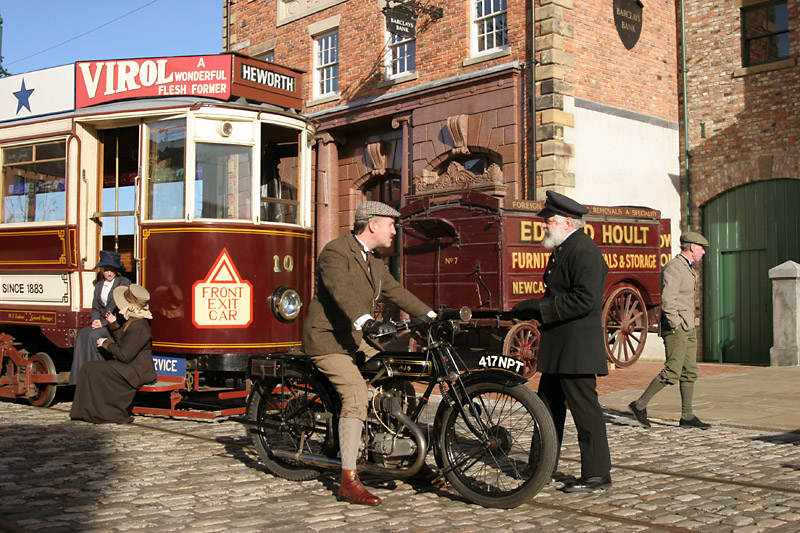A visit to Beamish Museum is more than a walk through history — it’s a hands-on experience set in 350 acres of stunning County Durham countryside. Known as the Living Museum of the North, Beamish invites visitors to step back in time and explore the everyday lives of real people across the 1820s, 1900s, 1940s, and 1950s.
Exploring Beamish: A Journey Through Time
From the 1820s Pockerley Old Hall to the newly built 1950s Town, Beamish Museum brings the history of North East England to life in extraordinary detail. Whether you’re exploring a 1900s pit village, greeting the pit ponies, or getting your hair done in a 1950s style, every moment tells a story.
Beamish Collections and Living History
The Beamish collections include authentic buildings, period vehicles, costumes, and artifacts that reflect the social history of life in North East England. Each exhibit is carefully curated, offering a rich educational experience rooted in historical accuracy.
It is a working museum that offers a rare blend of storytelling, historical preservation, and community engagement. Volunteers, many of whom are from the region, help bring the museum to life by sharing their knowledge and experiences.
1820s Pockerley and East England During the 1820s
Begin your journey at 1820s Pockerley Old Hall and landscape, where costumed interpreters showcase what life in the past was really like in rural east England during the 1820s. You’ll find Georgian homes, a working forge, and period gardens. Discover how people cooked, worked, and lived in an age before electricity.
1900s Town and Pit Village
Stroll through the bustling 1900s town, complete with a bakery, sweet shop, and even the chance to have your portrait taken in the Edwardian style. Step into the 1900s pit village, where you can say hello to the pit ponies in their stables and see what life was like for retired miners in the 1950s.
Don’t miss the Cottage Homes furnished with period decor and real stories behind the families who lived in them.
1940s Farm and the Home Front During the Second World War
Visit the 1940s farm to experience the home front during the Second World War. Learn about rationing, farming with limited machinery, and the story of Polish migration to the North East. The Leasingthorne Colliery Welfare Hall and Community Centre offers insights into how the local community came together during tough times.
The 1950s Town and Remaking Beamish
One of the museum’s most exciting developments is the Remaking Beamish project, which includes the new 1950s Front Street Terrace, the Welfare Hall, and Spain’s Field Farm — all reconstructed from original buildings, including houses from Red House in Sunderland.
See the 1950s Spain’s Field Farm, enjoy fish and chips, and explore the coronation park and recreation ground. There’s even a chance to catch a film or get involved in health and wellbeing programs run by the health and wellbeing team, supporting initiatives like memory sessions for people living with dementia.
Public Transport and Beamish Tramway

Getting around is part of the fun. Ride the Beamish Tramway, hop on a Northern General Transport Bus, or walk the beautiful grounds at your own pace. Whether arriving by public transport or car, Beamish is easy to access from across Durham and the wider North East.
Visit Beamish Museum in County Durham
- Location: Beamish, County Durham, DH9 0RG, UK
- Opening Hours: 10:00 AM – 5:00 PM daily
- Admission: Includes the Beamish Unlimited Pass – visit as many times as you like for 12 months
- Website: beamish.org.uk
🎟️ The Beamish Unlimited Pass offers unbeatable value, giving families the opportunity to return again and again to enjoy seasonal events, school holiday activities, and more.
Telling the Story of Life in the North East
At its heart, Beamish Museum in County Durham is about telling the story of the real people who shaped the North East of England. From Miners to Farmers, Shopkeepers to Schoolchildren, Beamish celebrates their resilience, spirit, and everyday experiences.
The Friends of Beamish and museum staff work tirelessly to preserve and expand the museum, including restoring new buildings and archiving toys from the museum’s collections. Their work ensures that future generations can understand what it was like to live in earlier times.
Conclusion
Beamish isn’t just an open air museum — it’s a dynamic open-air and living museum that supports local heritage, promotes inclusive access, and offers a deeply immersive journey into life in the North East through all its rich layers. It is an amazing experience just waiting to happen for everyone.



